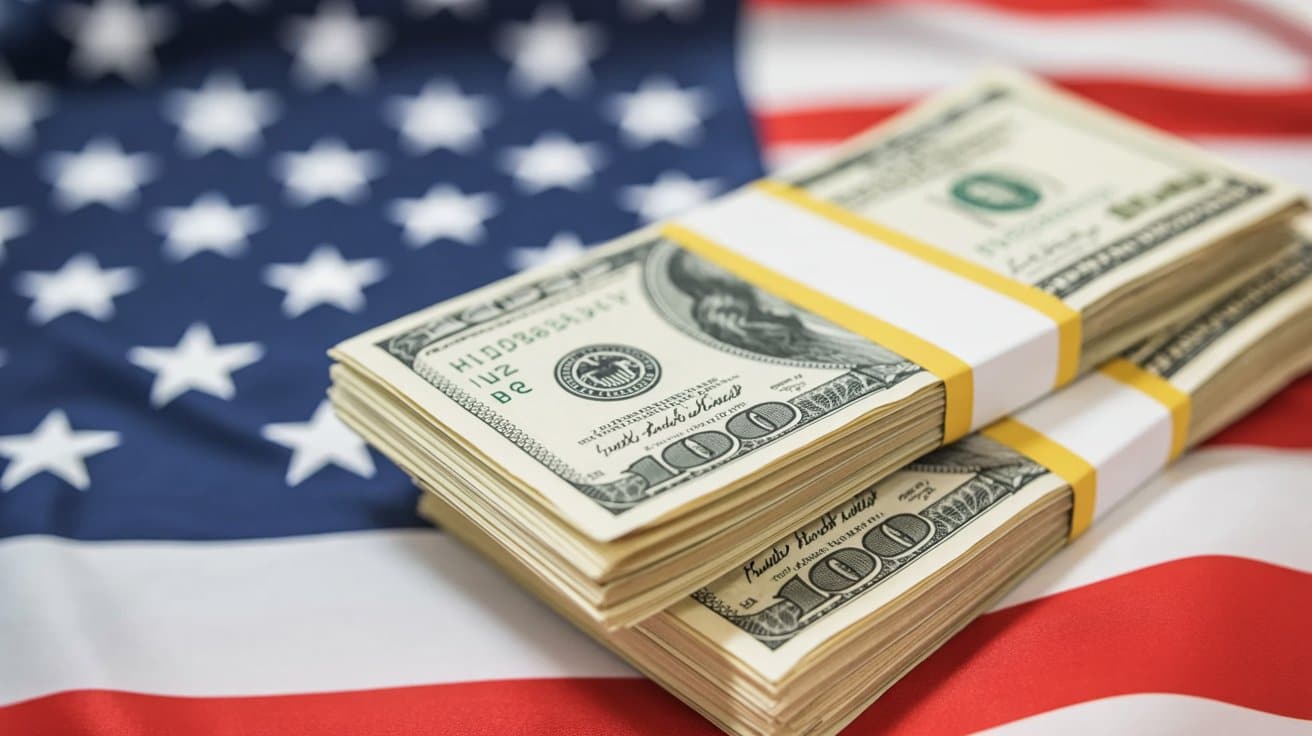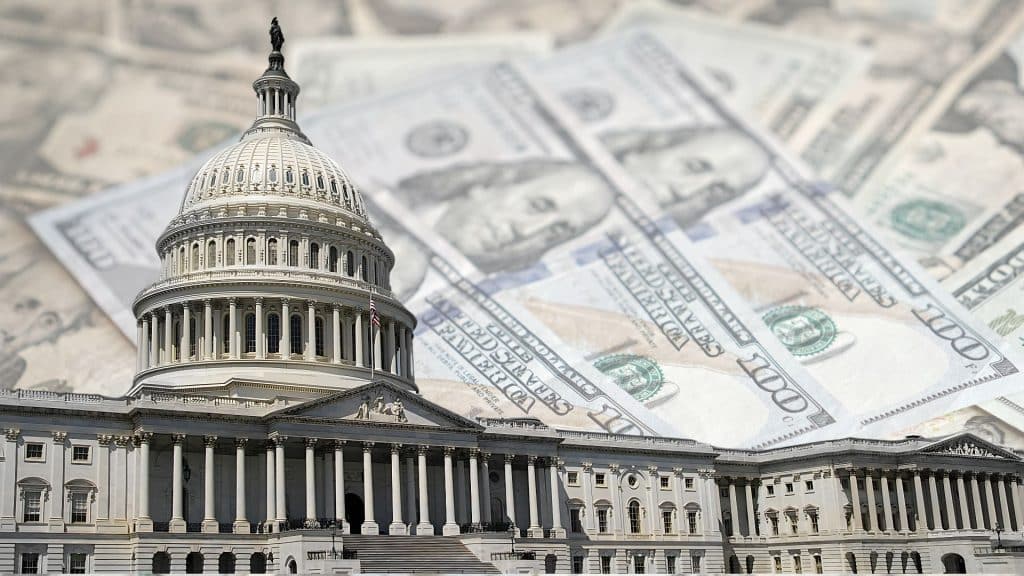Why do some candidates have unlimited resources while others struggle financially?
The answer lies in America’s campaign finance system that fundamentally shapes who can compete in elections.
Political campaigns require substantial budgets to organize rallies, establish outreach networks, and coordinate travel across states.
The source and amount of this money often determine which candidates can compete seriously for public office.
Having knowledge of how these financial rules work helps explain many puzzling aspects of American elections.
These monetary systems affect everything from local school board races to presidential campaigns, influencing who runs and who wins.
In this blog, I’ll explain exactly how campaign finance works, why it influences election outcomes, and what this means for American democracy.
What Is Campaign Finance and Why Does It Matter?
Campaign finance refers to all the money that flows into political campaigns. This includes donations from individuals, businesses, and organizations that support candidates running for office.
The basic system works like this:
- Candidates need money to run effective campaigns.
- They raise funds through donations and fundraising events.
- These funds pay for advertising, staff, travel, and campaign materials.
- Federal and state laws regulate the amount of money that individuals can donate.
The Federal Election Commission (FEC) oversees national campaign finance. They set contribution limits and require reporting.
Why does this matter?
Funding expands a campaign’s presence by increasing visibility, allowing messages to reach more voters through constant exposure.
Without adequate funding, even qualified candidates struggle to compete effectively against well-funded opponents.
Types of Campaign Contributions and Spending Limits

Federal law establishes distinct contribution categories with specific rules and limits that govern the flow of money through campaigns and its impact on elections.
| Contributor Type | Amount Per Candidate | Key Rules |
|---|---|---|
| Individual Donors | $3,300 per election | Must use personal funds only |
| Political Action Committees (PACs) | $5,000 per election | Register with FEC, report all donations |
| National Party Committees | $5,000 per election | Separate limits for state/local parties |
| Corporate/Union Direct | $0 (Prohibited) | Cannot donate directly to federal candidates |
| Foreign Nationals | $0 (Prohibited) | Complete ban on all political contributions |
| Government Contractors | Limited/Prohibited | Restrictions during active contract periods |
Campaigns must track and report all contributions over $200. They file regular reports that show funding sources and how the money was spent.
Campaign funds can cover expenses such as advertising, staff salaries, office rent, and travel, but not personal expenses like mortgages or family vacations.
Violations can result in fines, criminal charges, and damaged reputations that harm candidates in the eyes of voters.
How Super PACs Changed the Game?
Super PACs represent one of the biggest changes to campaign finance in recent decades. Created in response to major court decisions, they operate under different rules than traditional campaign committees.
Key Differences:
- Can raise unlimited amounts from individuals, corporations, and unions.
- Cannot donate directly to candidates or coordinate with campaigns.
- Must operate independently from candidate committees.
- Can spend unlimited amounts on ads supporting or opposing candidates.
The Citizens United Supreme Court decision enabled this change by ruling that political spending is protected free speech.
Super PACs have dramatically increased campaign spending. They now spend billions of dollars on federal elections each cycle.
Some individual Super PACs outspend the candidate campaigns they support, creating a two-track system where outside spending often exceeds what candidates themselves raise.
Role of Corporate and Individual Donors

Various donor types, including individuals, corporations, unions, and wealthy mega-donors, influence campaign finance and election outcomes through different contribution methods and funding levels.
Individual Donors: Small donors (those giving under $200) make up the largest number of contributors but provide less total funding. Major individual donors ($1,000 or more) attend fundraising events and may gain access to elected officials after the election.
Corporate Influence: While corporations cannot donate directly to federal candidates, they influence campaigns through employee PACs, Super PAC donations, and issue advocacy campaigns.
Labor Union Participation: Unions operate PAC systems funded by member donations, typically supporting worker-friendly candidates.
Wealthy Mega-Donors: A small number of extremely wealthy individuals donate millions through Super PACs, single-handedly funding major advertising campaigns that can determine election outcomes.
Impact on Election Outcomes and Voter Choice
Campaign finance rules directly impact who runs for office, how campaigns are conducted, and which candidates ultimately win elections at all levels of government.
1. Barriers to Entry
High fundraising requirements discourage qualified candidates without wealthy connections from running, limiting voter choices and potentially excluding diverse voices from participating in democratic elections.
2. Advertising Dominance
Well-funded campaigns dominate airwaves and digital platforms, repeating messages frequently. This constant exposure can significantly influence voter perceptions and opinions, more so than policy positions or qualifications.
3. Resource Allocation
Candidates spend a significant amount of time fundraising instead of developing policies or meeting with voters. This focus on money-raising takes attention away from actual governing and public service responsibilities.
4. Geographic Impact
Major donations primarily flow to high-profile races, while local elections receive minimal funding. This imbalance affects representation since local offices directly impact citizens’ daily lives and community decisions.
5. Competitive Balance
Candidates who raise the most money typically win elections. While funding doesn’t guarantee victory, it provides major advantages in voter outreach, reducing genuine competition and choice.
Wrapping It Up
In summary, campaign finance serves as the financial backbone of American elections, powered by regulated contribution systems and donor categories.
These rules create opportunities while establishing barriers, directly influencing electoral competition and voter options.
The system affects democratic representation by determining which candidates can effectively communicate with voters.
The combined streams of campaign money create a system that shapes every stage of elections, from start to finish.
Understanding these mechanisms helps voters make informed decisions about candidates and potential reforms. Campaign finance remains a central component of democracy.
What aspects of campaign finance need attention or change? Share your thoughts on how to improve this essential democratic process.





































